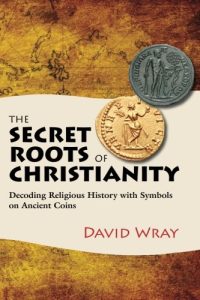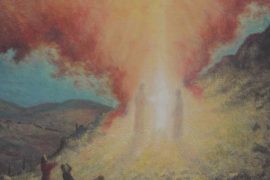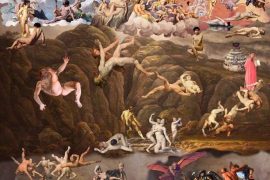 I highly recommend to all of my readers, and followers, David Wray’s 756 page book, The Secret Roots of Christianity (2012), dealing with astrology, magic, astral immortality and Greco-Roman art of the period, including astral symbols on coins.
I highly recommend to all of my readers, and followers, David Wray’s 756 page book, The Secret Roots of Christianity (2012), dealing with astrology, magic, astral immortality and Greco-Roman art of the period, including astral symbols on coins.A question I get quite often goes something like this: “Dr. Tabor, can you explain Gnosticism–what is it, when did it began, and what are its basic ideas?” It is usually used as an adjective–gnostic-to describe this or that text, figure, or phenomenon. But one also finds the label Gnostic often applied to figures like Valentinius, or texts like the Nag Hammadi writings discovered in upper Egypt in 1946–just before the Dead Sea Scrolls in 1947.
What many fail to realize is that the core ideas scholars label as “Gnostic” or “gnostic,” are rooted in the kind of Hellenistic Dualism that we find in Plato’s Phaedo, which argues for the immortality of the soul–so that “death” in a way is “life,”–that is new birth into the spiritual world above–and our human birth is a kind of “death,” into the dark world below in which our pure souls of “light” are captured. So broadly speaking, the characteristic expression of Hellenistic religiosity, from Empedocles to the Christianized versions found in the Church Fathers such as Clement of Alexandria and his student Origen–is fundamentally “gnostic.”
The presentations I am uploading on Youtube by David Wray are some of the clearest expressions of these core ideas that I have seen. Search “David Wray” at my channel, @jamestaborvideos to find them all.
As an Amazon Associate I earn from qualifying purchases. By using this particular link there is no increase in cost to you as the purchaser.









Comments are closed.